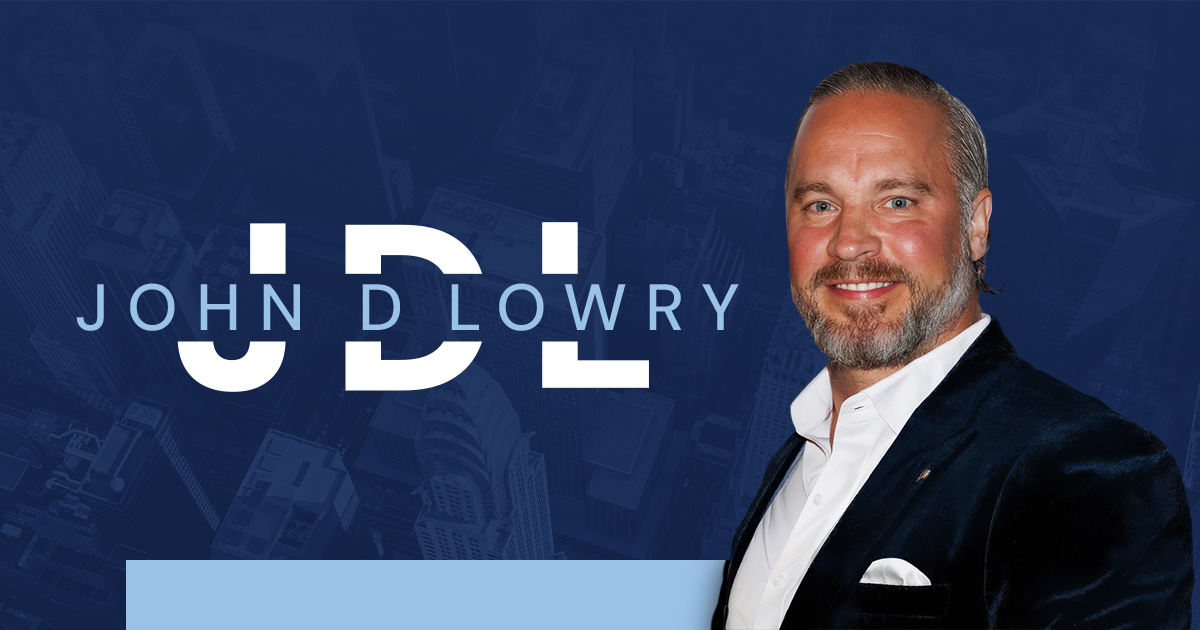
Grow Your Wealth with Proven Investment Strategies and Management Expertise
May 7, 2024
Streamlining Wealth Management: Navigating Financial Success with Ease
June 5, 2024In today’s fast-paced and ever-changing world, securing a stable and prosperous financial future can seem daunting. However, with careful planning, collaboration, and informed decision-making, it is entirely possible to build a robust financial foundation. This article explores key strategies and principles for achieving financial success and stability together.
Understanding Financial Goals
The first step in building a stronger financial future is to set clear and achievable financial goals. These goals serve as a roadmap, guiding your decisions and helping you stay focused on your long-term objectives. Whether your goals include buying a home, funding your children’s education, starting a business, or saving for retirement, having a clear vision is crucial.
To set effective financial goals, consider the SMART criteria: Specific, Measurable, Achievable, Relevant, and Time-bound. This approach ensures that your goals are well-defined and attainable within a specified timeframe.
Not all financial goals are created equal. Some may be higher priorities than others, depending on your current situation and future aspirations. For instance, building an emergency fund may take precedence over saving for a vacation. It’s essential to categorize your goals into short-term, medium-term, and long-term objectives and allocate resources accordingly.
Budgeting and Saving
A budget is a fundamental tool for managing your finances. It helps you track your income and expenses, ensuring that you live within your means and save for the future. To create a realistic budget, start by listing all sources of income and fixed expenses, such as rent or mortgage payments, utilities, and groceries. Next, identify variable expenses, like entertainment and dining out, and find areas where you can cut back if necessary.
Life is unpredictable, and unexpected expenses can arise at any time. An emergency fund acts as a financial safety net, providing you with the peace of mind that you can handle unforeseen circumstances without derailing your financial plan. Aim to save at least three to six months’ worth of living expenses in an easily accessible account.
Saving for specific goals requires discipline and consistency. Consider setting up separate savings accounts for different objectives, such as a vacation fund, home down payment, or retirement savings. Automating your savings by setting up automatic transfers from your checking account to your savings accounts can help you stay on track without the temptation to spend the money elsewhere.
Managing Debt
Not all debt is bad. Understanding the difference between good debt and bad debt can help you make informed borrowing decisions. Good debt, such as a mortgage or student loan, is an investment in your future and can provide long-term benefits. Bad debt, on the other hand, often includes high-interest credit card debt and personal loans used for discretionary spending.
Managing and paying off debt is a crucial component of building a stronger financial future. One effective strategy is the debt snowball method, where you focus on paying off your smallest debts first while making minimum payments on larger debts. This approach can provide a psychological boost as you see your debts being eliminated one by one.
Alternatively, the debt avalanche method prioritizes paying off debts with the highest interest rates first, which can save you money on interest payments in the long run. Choose the strategy that works best for your financial situation and personal preferences.
Investing Wisely
Investing is a powerful way to grow wealth over time. It involves allocating money to assets such as stocks, bonds, mutual funds, and real estate with the expectation of earning a return. Understanding the basics of investing, including risk and return, diversification, and asset allocation, is essential for making informed investment decisions.
Diversification is a key principle of investing that involves spreading your investments across different asset classes to reduce risk. By diversifying your portfolio, you can mitigate the impact of poor performance in any single investment. Consider investing in a mix of stocks, bonds, and other assets that align with your risk tolerance and financial goals.
Investing for the long term requires patience and discipline. Avoid the temptation to time the market or make impulsive decisions based on short-term market fluctuations. Instead, focus on a long-term investment strategy that aligns with your financial goals and risk tolerance. Regularly review and adjust your portfolio as needed to ensure it remains aligned with your objectives.
Planning for Retirement
Planning for retirement is a critical aspect of building a stronger financial future. Start by estimating your retirement needs, including living expenses, healthcare costs, and any other anticipated expenses. Consider factors such as inflation and life expectancy to ensure you have a realistic understanding of how much you’ll need to retire comfortably.
There are several retirement savings options available, including employer-sponsored plans like 401(k)s, individual retirement accounts (IRAs), and Roth IRAs. Each option has its own set of benefits and tax implications. Contributing to these accounts regularly and taking advantage of any employer-matching contributions can significantly boost your retirement savings.
Social Security benefits can provide a valuable source of income in retirement. Understanding how your benefits are calculated and knowing the best time to start claiming them can help you maximize your Social Security income. Generally, delaying benefits until full retirement age or beyond can increase your monthly benefit amount.
Financial Education and Professional Advice
Financial literacy is the foundation of building a stronger financial future. Continuously educating yourself about personal finance, investment strategies, and economic trends can empower you to make informed decisions. Take advantage of resources such as books, online courses, webinars, and financial news to stay updated and improve your financial knowledge.
While self-education is crucial, seeking advice from financial professionals can provide valuable insights and guidance. Financial advisors, tax professionals, and estate planners can help you navigate complex financial situations and develop a comprehensive plan tailored to your unique needs and goals. Choose a reputable and certified professional who acts in your best interest.
Building a Strong Financial Future Together
Building a stronger financial future is not just an individual endeavour; it’s a collaborative effort. Whether you are working with a spouse, family members, or a financial advisor, effective communication and teamwork are essential. Discuss your financial goals, challenges, and strategies openly and work together to create a unified plan.
As you work towards your financial goals, it’s important to celebrate milestones and achievements along the way. Recognizing your progress can provide motivation and reinforce positive financial habits. Additionally, be prepared to adjust your plans as circumstances change. Life events such as marriage, the birth of a child, or career changes may require you to revisit and revise your financial strategy.
Building a stronger financial future together is a journey that requires dedication, discipline, and collaboration. By setting clear financial goals, creating a realistic budget, managing debt, investing wisely, planning for retirement, and seeking continuous education and professional advice, you can create a solid financial foundation. Remember, the key to financial success is not just about accumulating wealth but also about making informed decisions that align with your values and long-term aspirations. Together, you can achieve financial stability and security for the future.




